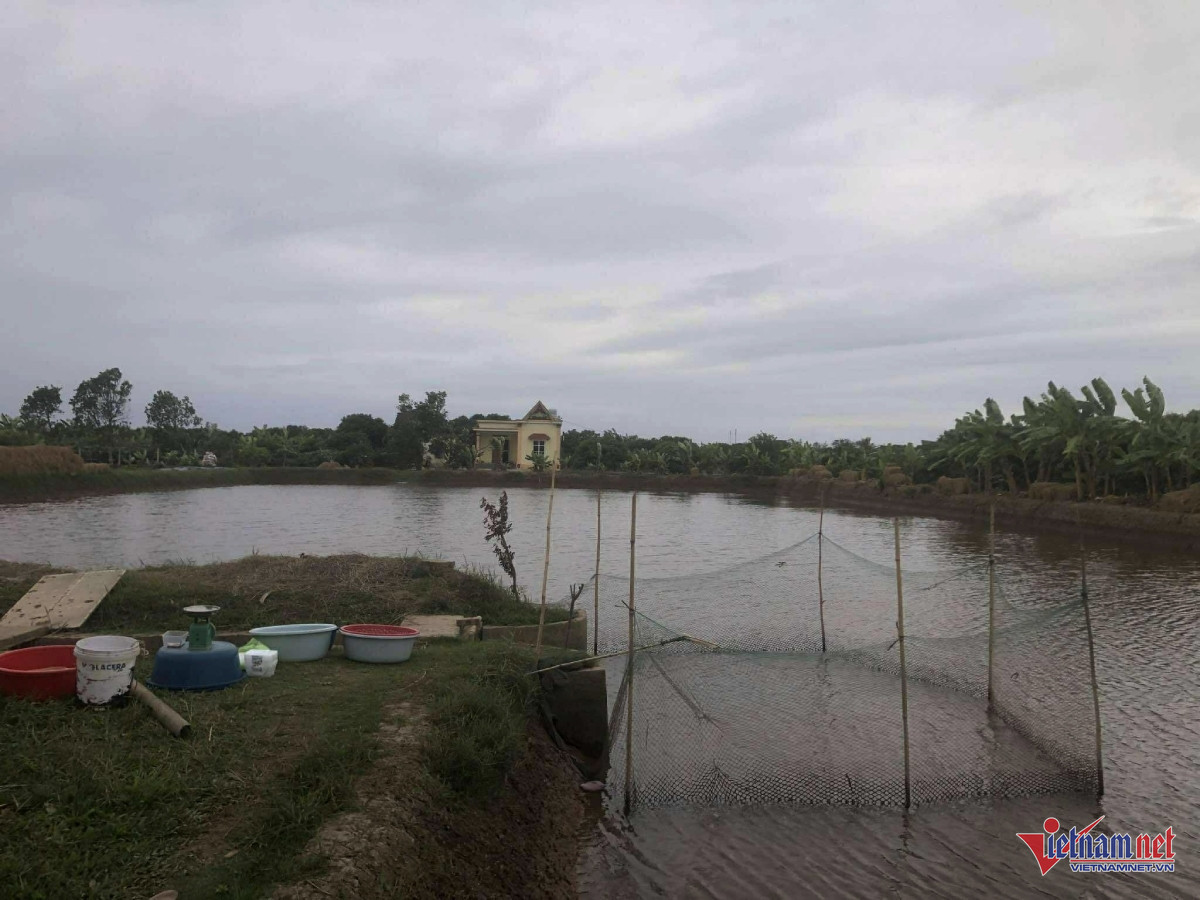The bristle worm, a creature many people fear, is actually a highly prized delicacy that brings substantial income to farmers. Every year during bristle worm season, the riverbanks of Vietnam’s Red River Delta come alive with scenes of locals casting nets and using flashlights to harvest these creatures.
 |
 |
There are two main bristle worm seasons each year. The autumn crop runs from September to November on the lunar calendar, while the spring crop lasts from March to May.
Nguyen Van Hung, a native of An Lao, Hai Phong, has been working with bristle worms since childhood. According to him, the autumn crop produces more worms that are smaller and firmer, while the spring crop yields fewer but larger, softer ones that are cheaper. True gourmets prefer the autumn harvest.
Hung shared that in his youth, whenever the waters rose and the bristle worms appeared, he and his neighbors would grab nets and head to the riverbanks to scoop them up.
Years ago in his village, it was common to see people wading through the water with nets to catch bristle worms. As life modernized, catching methods evolved, and these scenes gradually disappeared.
Hung now owns a large pond. Every bristle worm season, he meticulously prepares to “hunt” this delicacy. His secret lies in the network of water channels and nets. When the water rises, the worms swim into the pond and are guided by channels straight into pre-set nets.
After four to six hours, Hung lifts the nets and pours out the fresh catch. On some days, he collects up to ten kilograms of bristle worms. “I sell them immediately after catching. Many buyers even wait at the pond to purchase directly,” he said.
Bristle worms are a delicacy used in many flavorful dishes and are sought after despite their high price. Freshly caught worms sell quickly. If not consumed immediately, they can be frozen for later preparation.
A delicious seasonal treat
 |
 |

Not only Hung but other farmers like Nguyen Vinh also capitalize on bristle worm season to earn extra income. According to Vinh, during peak season, families with ponds like his and Hung’s can harvest hundreds of kilograms.
The price of bristle worms at the pond ranges from 250,000 to 280,000 VND per kilogram (approximately 10 to 11 USD) during the main season. Spring worms are slightly cheaper, around 200,000 VND (about 8 USD) per kilogram.
After being purchased by traders and resold, market prices can reach 300,000 to 350,000 VND (about 12 to 14 USD) per kilogram, depending on quality and timing.
Bristle worms have long been a culinary delicacy in northern Vietnam. Dishes like worm fritters, worms stewed with bamboo shoots, and braised worms are not only delicious but also evoke memories of rural life.
Thu, 35, from Hai Duong and now living in Ha Dong, Hanoi, recalled how she often scooped worms as a child. Her favorite dish is worms stewed with bamboo shoots, rich and tasty with rice.
“Since moving to the city, I don’t go worm scooping anymore, but every time I return home, my mother always packs some for me to take back. To me, it’s a childhood dish full of the flavors of home,” she said.
Many people fear bristle worms because they resemble worms and seem difficult to cook. However, preparing dishes with them is quite simple. The key is thoroughly mixing them before adding ingredients and seasoning as desired.
Today, the demand for bristle worms is growing. Many restaurants and hotels have added them to their menus. This creates opportunities for the bristle worm fishing trade to expand, offering a steady income source for local communities.
Tu Linh